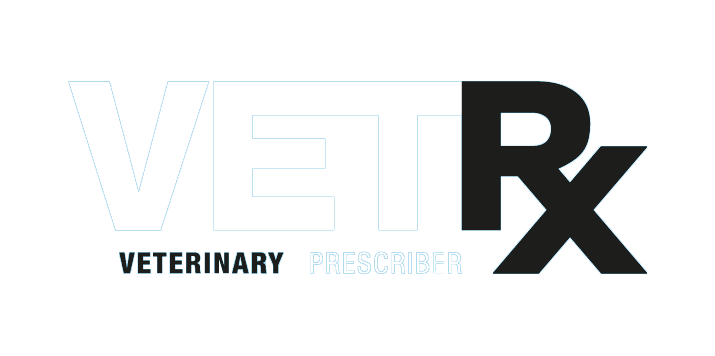How do I get my cat to take a pill?
How do I get my cat to take a pill?
The success of an oral medicinal treatment in a cat depends to a great extent on the cat owner being able to administer the medicine correctly and reliably. But ultimately the cat must swallow the dose. It is therefore no wonder that cat owners often ask How do I get my cat to take a pill?
Many drug molecules and other medicine ingredients have an unpleasant smell or taste. Drug manufacturers can manipulate a medicine formulation to mask the drug taste to make the product more acceptable to the animal. There are two main methods: adding flavours and including a coating.
Many tablet formulations for cats contain one or two meaty flavours (such as yeast, liver, beef, poultry or fish) to disguise the taste of a drug and to appeal to cats.
Coatings can be used to cover the drug product to mask the taste smell. A coating creates a physical barrier that prevents the drug coming into contact with the taste buds.
But despite the best efforts of companies, an animal may still not take the formulation. So they may not be the answer to the problem of how do I get my cat to take a pill. Therefore veterinary professionals are commonly asked to help cat owners with the problem of how do I get my cat to take a pill.
Some solutions to the problem of how do I get my cat to take a pill
Hiding the tablet or capsule in the feed or in a morsel of food, e.g. cooked meat, banana, honey, soft cheese, tinned fish; or adding to food and disguising with salmon oil. However, an animal may still detect the smell of the medicine and be reluctant to take it, even when mixed with foods they would otherwise readily take. It is important that veterinary professionals tell pet owners whether a medicine can be given with food. One-third of respondents in a survey of cat owners did not receive such information.
Use of pilling devices (e.g. pill pocket treats and pet putty EasyPill putty).
Using the ‘poke-down’ method. This consists of placing a tablet or capsule at the base, or far back, of the animal’s tongue, closing its mouth and repositioning the head and neck to their natural position while massaging the throat or diverting the animal until the dosage form is swallowed. The dosage form can become trapped so this is best done together with a small amount of food or water.
Crushing the tablet or opening the capsule and sprinkling the powder or granules on food; or mixing the crushed tablet or capsule contents with something tasty to spread on a cat’s fur to be licked off. In a survey of cat owners, less than half were told if tablets could be crushed or capsules opened. Note that crushing tablets and open capsules is an unlicensed (i.e. cascade) use of a licensed product, unless the product information (SPC) states that it is acceptable. Veterinary professionals should also be able to advise cat owners about when it is OK to crush a tablet or open a capsule.
Helping veterinary professionals make sense of promotional claims about medicines
More often these days, medicines for cats and dogs are described as chewable, or palatable and claims are made that some products are more acceptable than others.
Founded in 2012, Veterinary Prescriber provides evidence-based, practical and clearly-written information for vets and other veterinary professionals on medicines. We're proud to be wholly independent, which means that the information we provide is impartial and not influenced by commercial interests.
We love making sense of medicines, which means getting to the bottom of what terms like chewable and palatable really mean when pharmaceutical companies use them to describe medicines for dogs. And we scrutinise promotional claims to find out if they are backed up by the evidence.
Veterinary Prescriber offers independent reviews of medicines and medicines-related topics for vets, vet nurses, SQPs and pharmacists. These are presented as CPD modules through The Virtual Veterinary Medicines Academy. We also offer unique product guides, medicines resources and Medicines Certificates. Access to the information is through subscription (this is how we are able to produce information that is completely objective). For further details on The Academy itself, what is covered in the CPD modules, or to sign up today, click here. For more information on Veterinary Prescriber, including how we research and produce our content, or to meet the Veterinary Prescriber team, please see our about us page.

